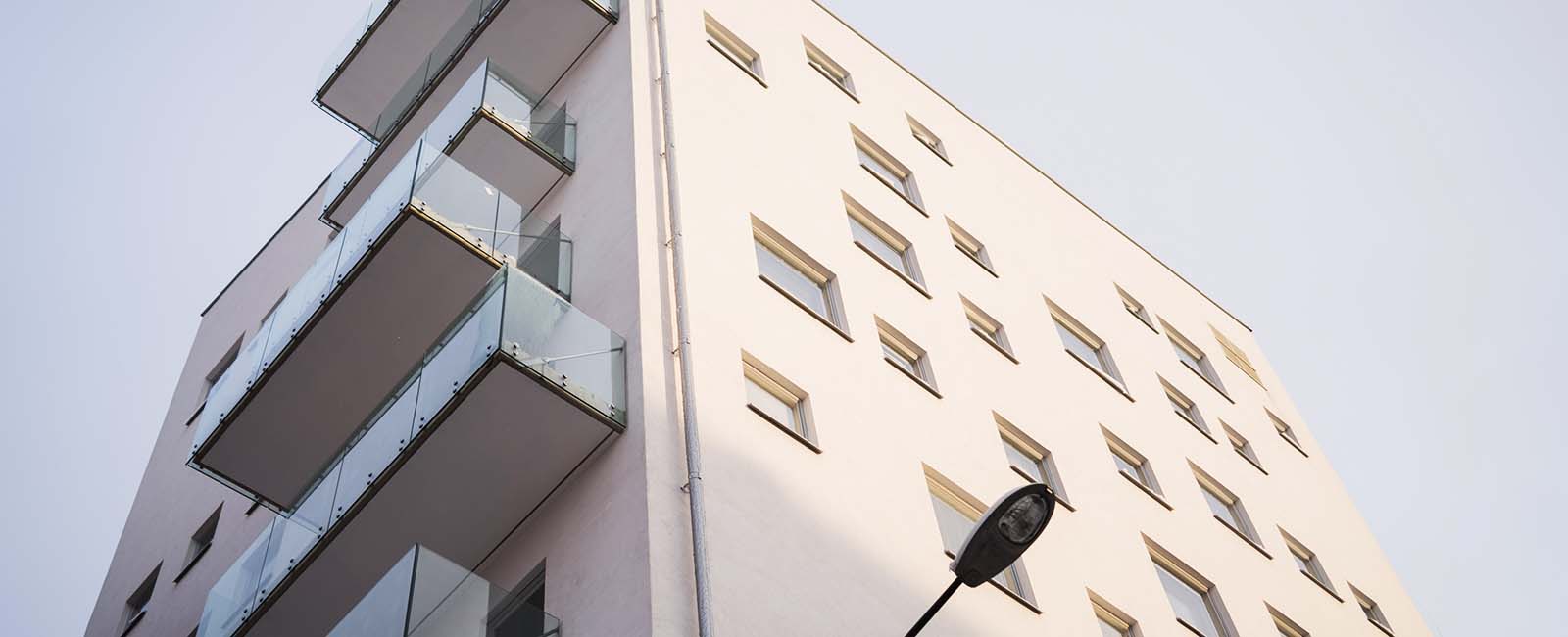Societal impact
To reach the climate goals, future building design and installations must become significantly more energy efficient. The varying effects of sustainability and healthy indoor environments also need to be better understood, just like the system effects of upscaling new technology.

Systems approach
A requirement related to climate change is that future building design and installations must become significantly more energy efficient. The buildings use 40% of the total supplied energy. Hence, the implications of transitions related to buildings and building-related activities are enormous, both from an energy and climate perspective and from a citizen perspective. Change has already started, but the varying effects of sustainability and healthy indoor environments need to be better understood, just like the system effect of upscaling any proposed new technology.
There is a much-needed focus on healthy indoor environments. This has to be managed so that vital services like healthcare, elderly care, and supply of necessities such as food are continuously available for all, and that social and environmental justice risks are adequately identified and avoided. Harnessing the power of disruptive innovation must not result in the disruption of a sustained and equitable flow of critical services in society. The impacts of the ongoing pandemic are huge, with restrictions on the number of people in the same room and prohibitions of visiting friends and beloved ones, resulting in social and economic pressure on individual and organizational levels.
Real-world change
We utilize research to contribute to real-world change that bridges power relations and brings different research fields into the transition process. Beyond the borders of Sweden, our project addresses several complex and inter-linked processes, each contributing to mutually dependent global goals of sustainability (air, water, energy, climate, and cities). Also, the ability of Swedish companies, organizations, municipalities to provide technologies and business models for sustainable buildings and healthy indoor environments has implications in terms of their international competitiveness.
We strengthen the much-needed evidence base regarding buildings, building-related systems, and indoor environments that take many different societal actors’ perspectives into account. Our multi-actor and interdisciplinary approach, and our findings of a more generic nature, could thus be a valuable reference point for other climate-related challenges.



